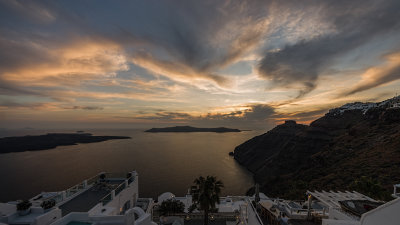With what we are seeing being done with smart cameras and computational photography, is it possible for a camera manuf. to create a camera say the size of a Fuji X-T30 and their 35 1.4 but with the ability to duplicate FF up to 200mm while also giving DoF control and low light of a FF 50 1.4?
DOF control: my pictures are from this app so you can try out other values if you like.
To compare DOF control you must use comparable pictures. Here I've assumed a head and shoulders portrait. I set the app to maintain the same field of view to ensure comparability.
Top is FF 50mm f/1.4, bottom FF 200mm f/2 (the values you are asking about). The same FOV needs different subject distances for the two sensor sizes and focal lengths. DOF is shown at the bottom (I've ringed in blue). The values are 2.0cm for the 50mm version, 2.4cm for 200mm. That's without any computational photography, just the natural results from the two lenses. The natural control of 50/1.4 is already greater than 200/2 - what would computational photography add?

Simulating 200mm: this is in effect just cropping, so without resort to computation one can just crop the basic image. Going from 75mm (the effective FL of 50mm on APS-C) to 200mm is a factor of 0.375 linearly, 0.14 by area, which would yield 3.65MP from the X-T30 sensor.
This is a roughly comparable crop from a much older, lower MP camera yielding 1.35MP.
What do you think computational photography would add?

ISO50: the X-T30 has a minimum ISO of 80 and a two-shot multi-exposure mode so it can already give ISO40 without any computation beyond what the camera already has. And, as I've said elsewhere, many cameras can already blend a lot more than two shots.
So the answer to your basic question is that computational photography of the kind used in phones can't even match what the cameras do naturally, let alone improve on it.
--
---
Gerry
___________________________________________
First camera 1953, first Pentax 1985, first DSLR 2006
[email protected]




